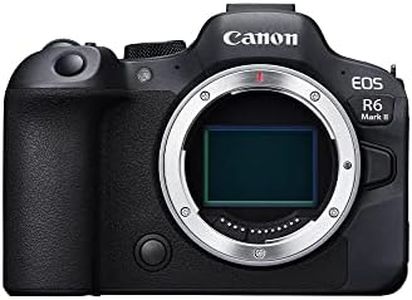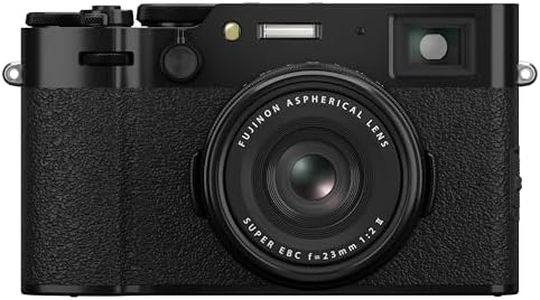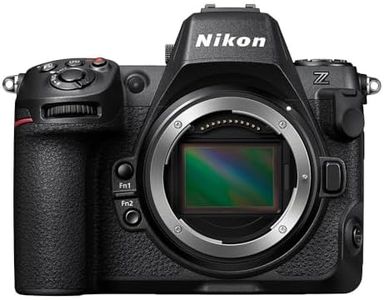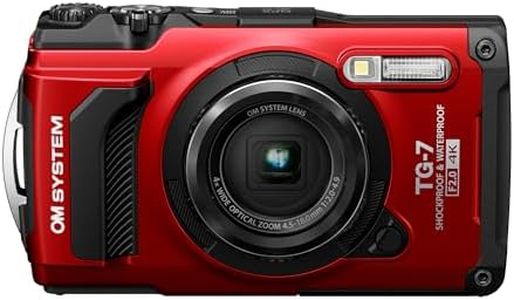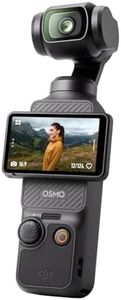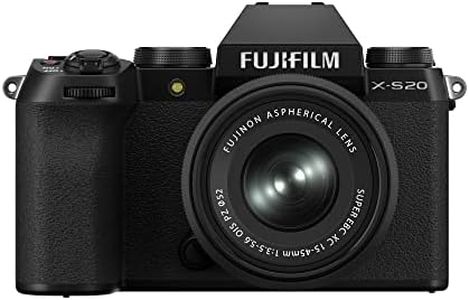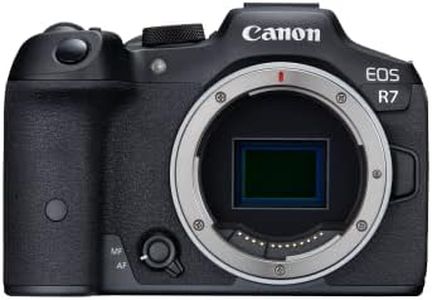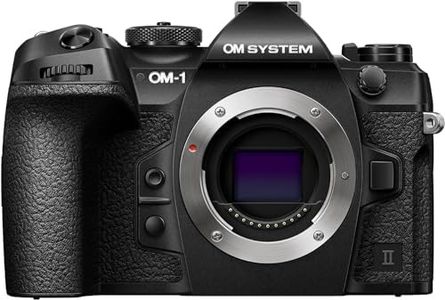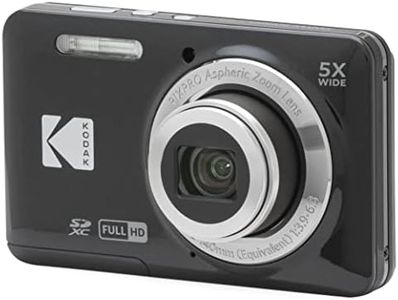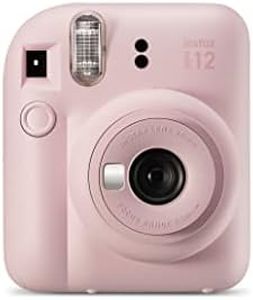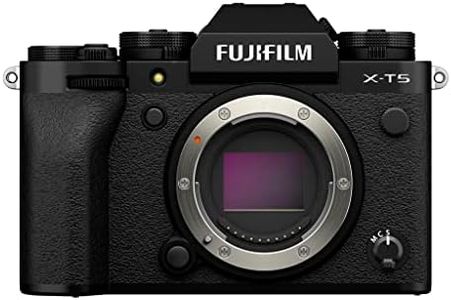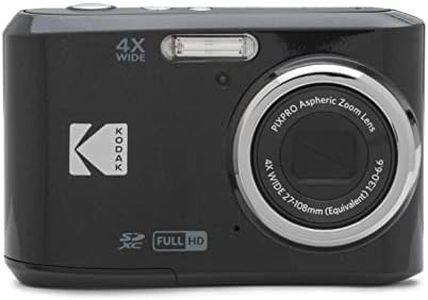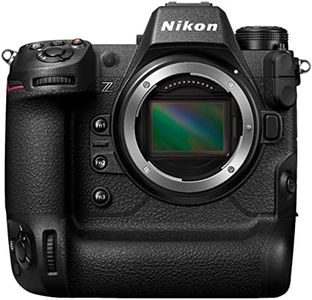We Use CookiesWe use cookies to enhance the security, performance,
functionality and for analytical and promotional activities. By continuing to browse this site you
are agreeing to our privacy policy
10 Best cameras
From leading brands and best sellers available on the web.Buying Guide for the Best cameras
Choosing the right camera can feel overwhelming with so many models and features available. The best way to start is to think about how you plan to use the camera—whether it's for family photos, travel, sports, or creative photography. Focusing on your needs helps you filter out the options and select a camera that will suit your style and purpose. Take your time to understand the important specifications, as each will play a big role in your experience, from the photos you take to how easy the camera is to use.Sensor SizeSensor size refers to the physical dimensions of the camera sensor, which captures light to create an image. Larger sensors generally provide better image quality, especially in low light, and allow for more background blur (bokeh). Most consumer cameras fall into one of several sensor size categories: small sensors (like those in smartphones and compact cameras), medium sensors (found in many beginner and mid-range interchangeable lens cameras, called APS-C), and large sensors (full-frame cameras, used by enthusiasts and professionals). If you mainly take snapshots or want a pocket-sized camera, a small sensor may be enough. For portraits, landscapes, or low-light shooting, a medium or large sensor will deliver much better results.
MegapixelsMegapixels tell you how many millions of pixels the sensor uses to make an image. While higher megapixel counts suggest sharper, more detailed photos, most people only need a moderate amount for social media, prints, or family use. Cameras under 12 megapixels might not be ideal unless you only share photos online. Most modern cameras range between 16 and 30 megapixels, which is ample for large prints and cropping. Only look for very high megapixels if you plan to crop heavily or make huge prints.
Lens SystemSome cameras have fixed lenses, while others use interchangeable lenses. Fixed lens cameras are usually simpler to use and great for general photography, travel, or vlogging. Interchangeable lens cameras let you swap out lenses for different purposes—such as wide-angle for landscapes or telephoto for sports. If you want maximum versatility and plan to grow your skills, consider a camera that lets you change lenses. If you value convenience, a fixed lens might be the better fit.
Autofocus SystemThe autofocus system helps the camera decide where to focus and how quickly it does so. Some cameras have basic autofocus with a few focus points, which works well for still subjects like landscapes or posed portraits. More advanced systems include many focus points and fast tracking for moving subjects, ideal for sports, action, and wildlife. If you mostly photograph still objects, basic autofocus is sufficient. Choose a sophisticated, fast system if you'll be shooting moving subjects.
Image StabilizationImage stabilization (IS) reduces blur from camera movement, especially in low light or when using zoom. This feature can be in the lens, the camera body, or both. IS is particularly useful if you often shoot handheld (without a tripod), indoors, in low light, or at long focal lengths. If most of your photos will be in bright light or from a tripod, IS is less important.
Video CapabilitiesMany cameras shoot video as well as photos, with differences in resolution (such as HD, 4K, or even higher), frame rates, and special features like slow motion. If video is a main focus (for vlogging or filmmaking), choose a camera with higher video resolution and advanced video features. For users who mostly take still photos and only occasionally record video, basic HD or simple 4K video is usually enough.
Viewfinder and ScreenViewfinders let you compose shots by looking through a small window (optical or electronic), while screens on the back let you frame photos like with a smartphone. Some cameras offer both, but some compact cameras only use the screen. If you will be shooting in bright outdoor light, a viewfinder is very useful. For casual use or selfie videos, a large, tilting, or fully rotating screen is more important.
Size and WeightThe physical dimensions and weight of the camera affect how portable and comfortable it is to use. Compact and lightweight cameras are easy to carry everywhere, making them good for travel or everyday snapshots. Larger cameras generally have more features, better ergonomics for advanced shooting, or superior image quality. Consider what you’ll feel comfortable carrying and using over long sessions when making your choice.
